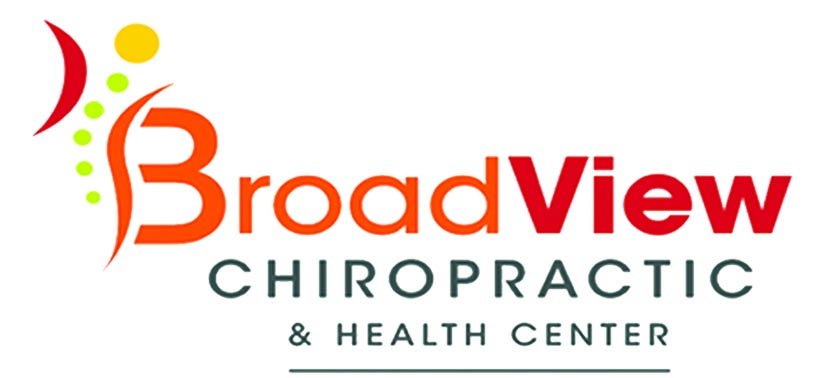October, as many of us know, is Breast Cancer Awareness Month, but here’s something we may not know: 1 in 8 women will (that’s will, not may) develop breast cancer over the course of their lifetime.
It’s a shocking statistic from breastcancer.org, but when we stop to think about it, almost all of us know someone who has had breast cancer.
“A lot of women assume they’re OK if there’s no family history of breast cancer,” said Dr. Grace Song, a North Royalton family medicine physician with Southwest General. “The statistic of one in eight women, that’s women with no history. We see many patients coming in and they say they don’t need a mammogram because there’s no family history.”
Mammograms, Song went on to say, along with improved treatment options, have been shown to decrease the breast cancer death rate by 40 percent.
So what can we deduce? A mammogram is vital whether we think we need one or not.
There are differing schools of thought on how often a mammogram should be performed and at what age cut-offs, but ultimately, it’s a decision to be made between physician and patient. For women at average risk for breast cancer, the American Cancer Society recommends a yearly mammogram between ages 45 and 54, while women age 55 and older can switch to mammograms every two years or continue with their annual screens. At age 40, women should begin considering an annual mammogram. A monthly self-exam can be an extra tool in prevention and some women have found their own breast cancer, Song said.
During a mammogram, an ex-ray picture of breast tissue is taken. Each breast is firmly pressed down by a plate – some pressure is expected and while it can be uncomfortable, a mammogram is essential for prevention.
In general, Song said, maintaining a healthy lifestyle is key for prevention and research shows that daily exercise and keeping at a healthy weight reduces the risk of developing breast cancer, as does keeping alcohol consumption to a minimum. Those at high-risk for developing breast cancer include women taking hormone replacement therapy after menopause and women who may have been exposed to radiation. Starting menstruation at an early age also increases a woman’s risk of breast cancer, as does starting menopause after age 55. There is some literature too that concludes women who never conceived children may be at high-risk. And, of course, a family history of breast and ovarian cancer puts a woman at high-risk.
Symptoms of breast cancer include a lump/mass in the breast, swelling, irritation/dimpling, pain in the breast, nipple retraction and/or discharge and swollen glands in the armpit area or collarbone, Song said.
There are numerous treatment options available and many factors come into play. Surgery, radiation therapy and chemotherapy are the standard.
For more information on breast cancer, including breast health tips, symptoms and diagnosis and guidelines for lowering your risk, visit breastcancer.org.
By SARA MACHO HILL
Contributing Writer

October is Women’s Health Month – Spotlight on Breast Cancer: No family history of breast cancer so no mammogram? Think again! Breast cancer ranked as the most common cancer in women
Royalton Recorder October is Women’s Health Month – Spotlight on Breast Cancer: No family history of breast cancer so no mammogram? Think again! Breast cancer ranked as the most common cancer in womenOct 8, 2019














